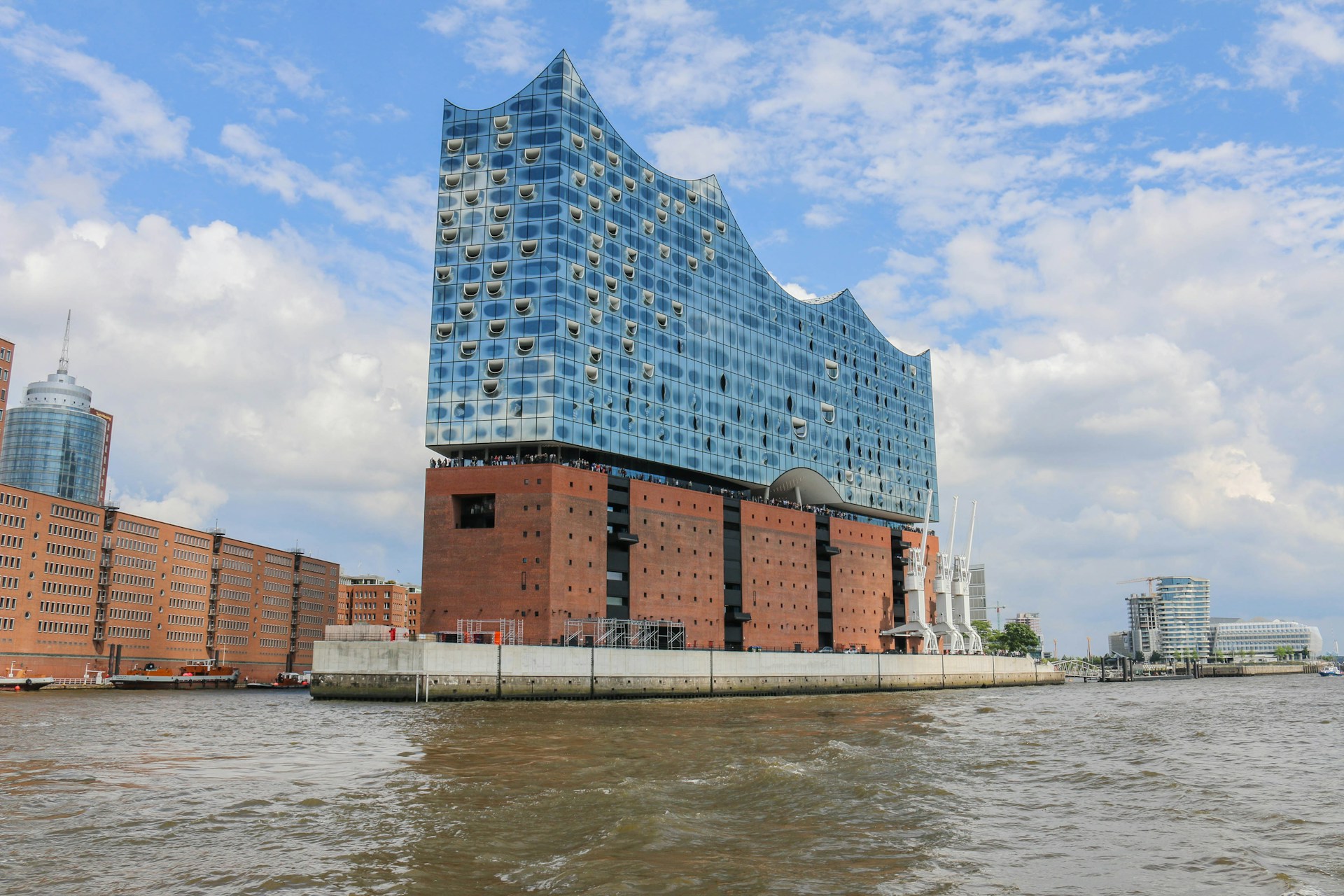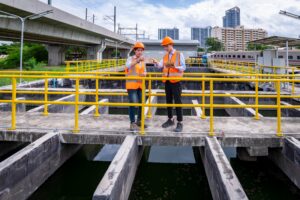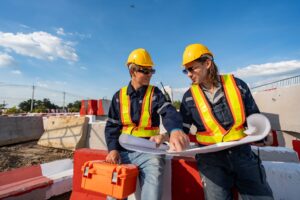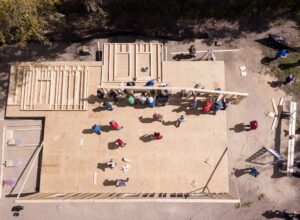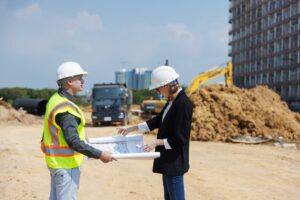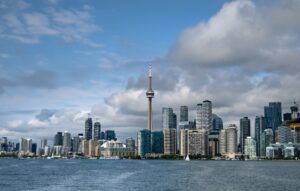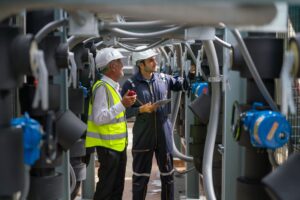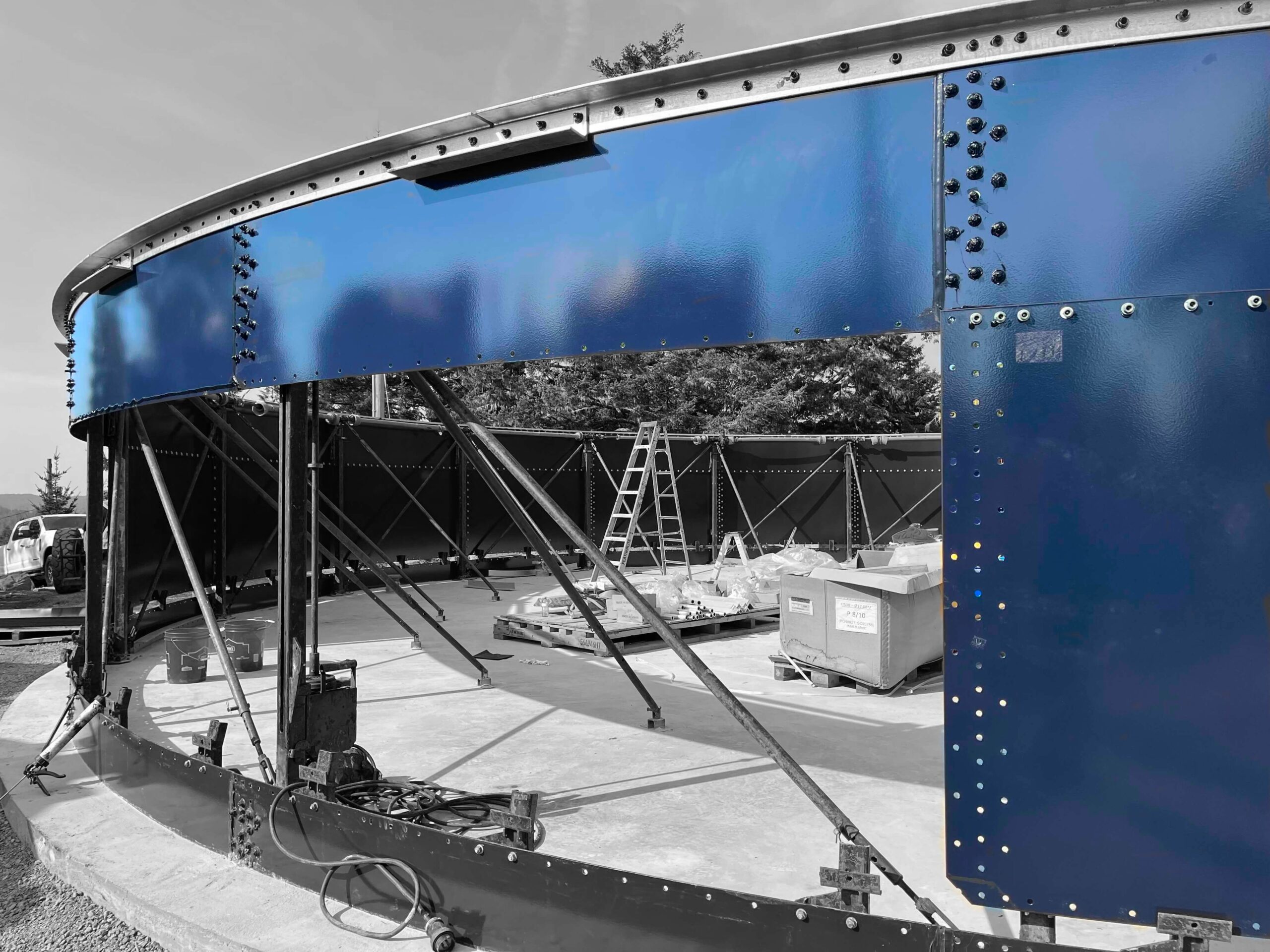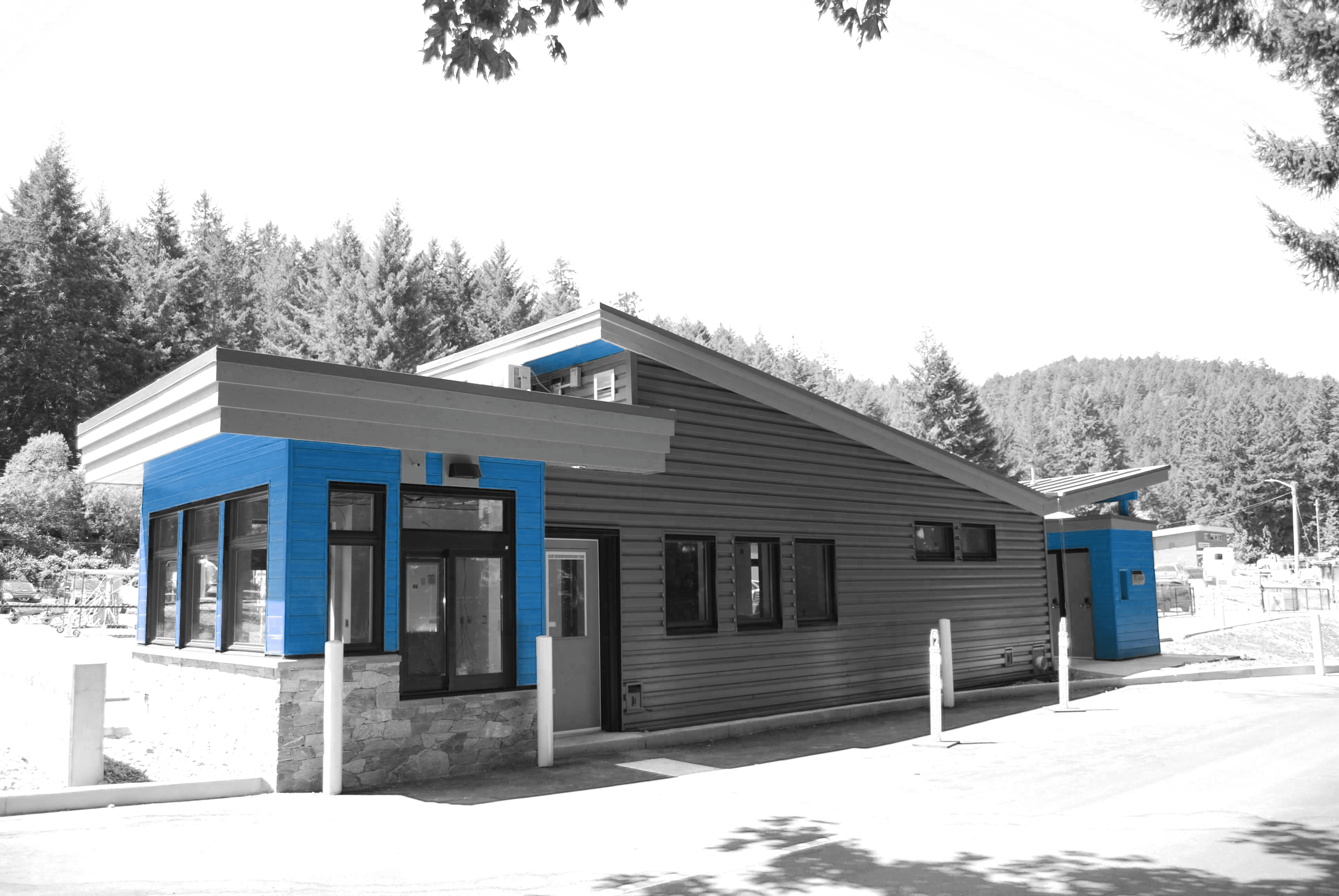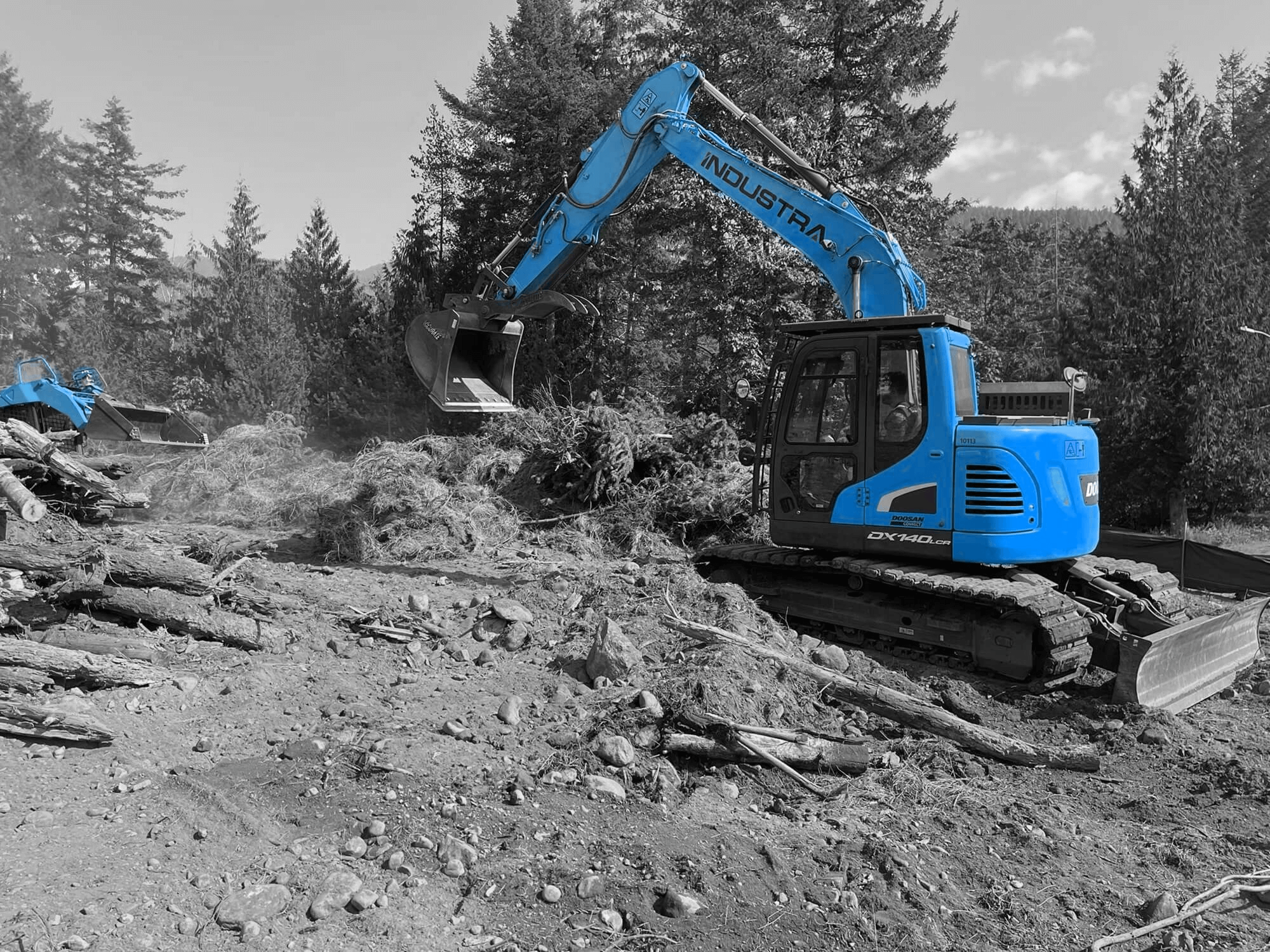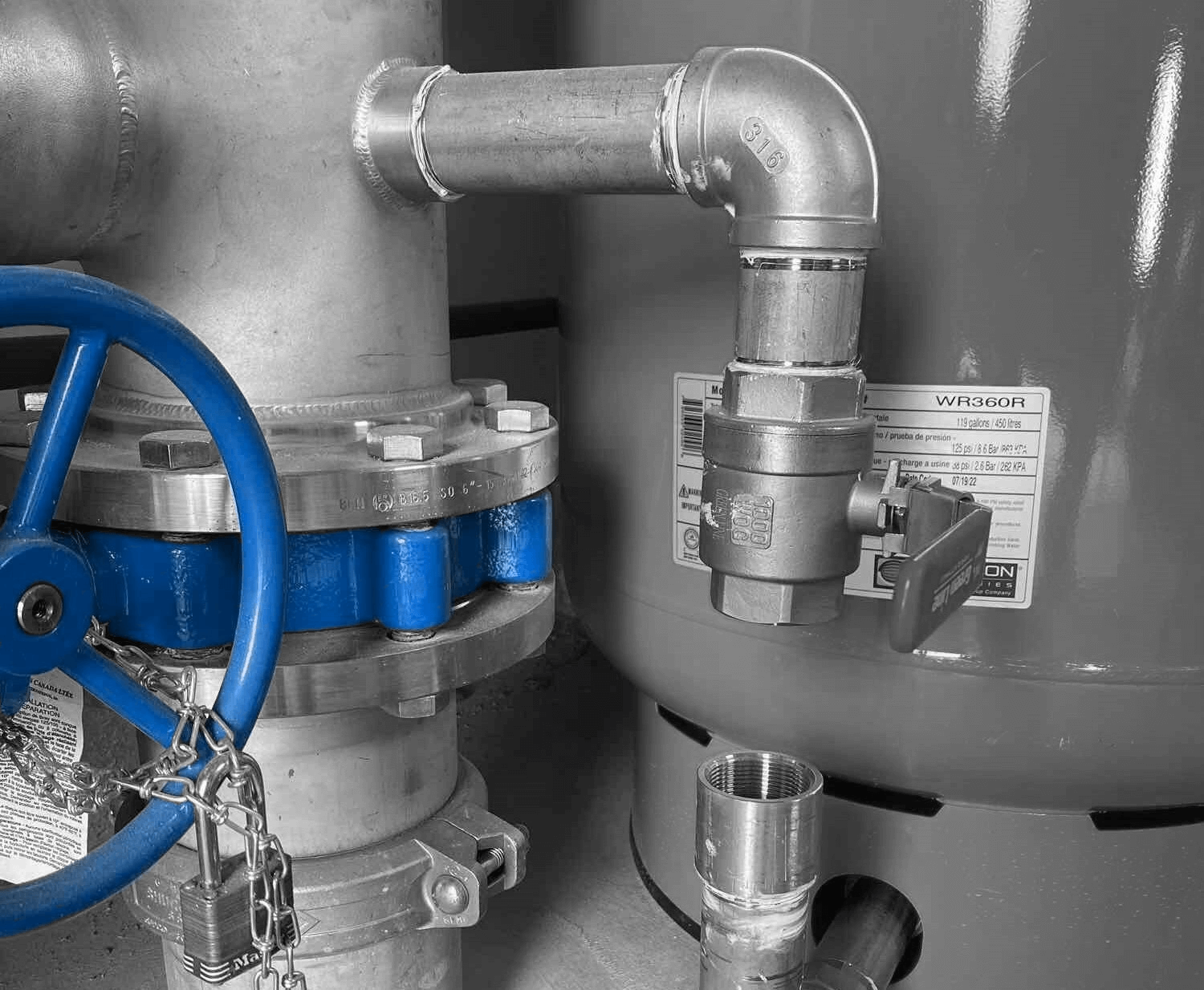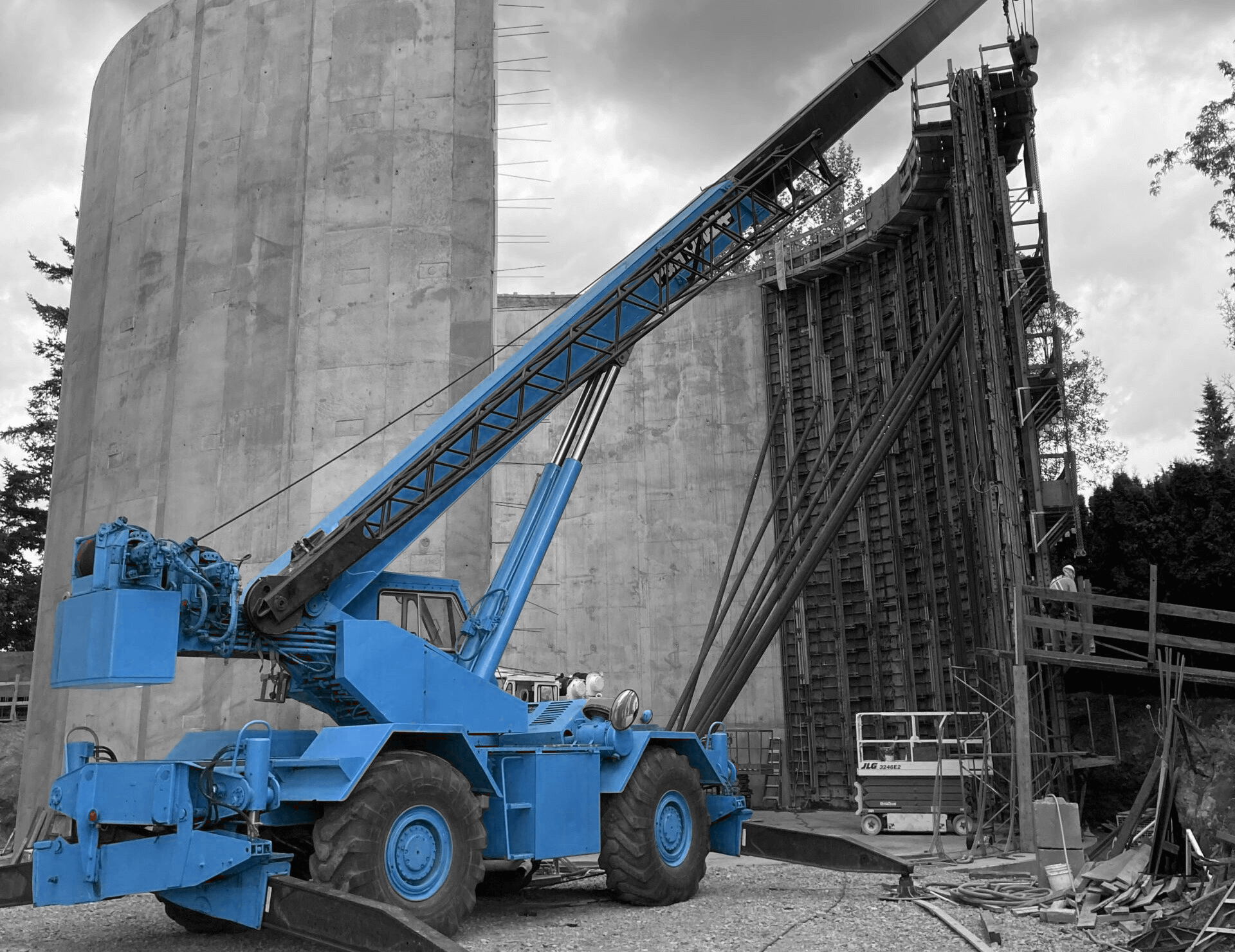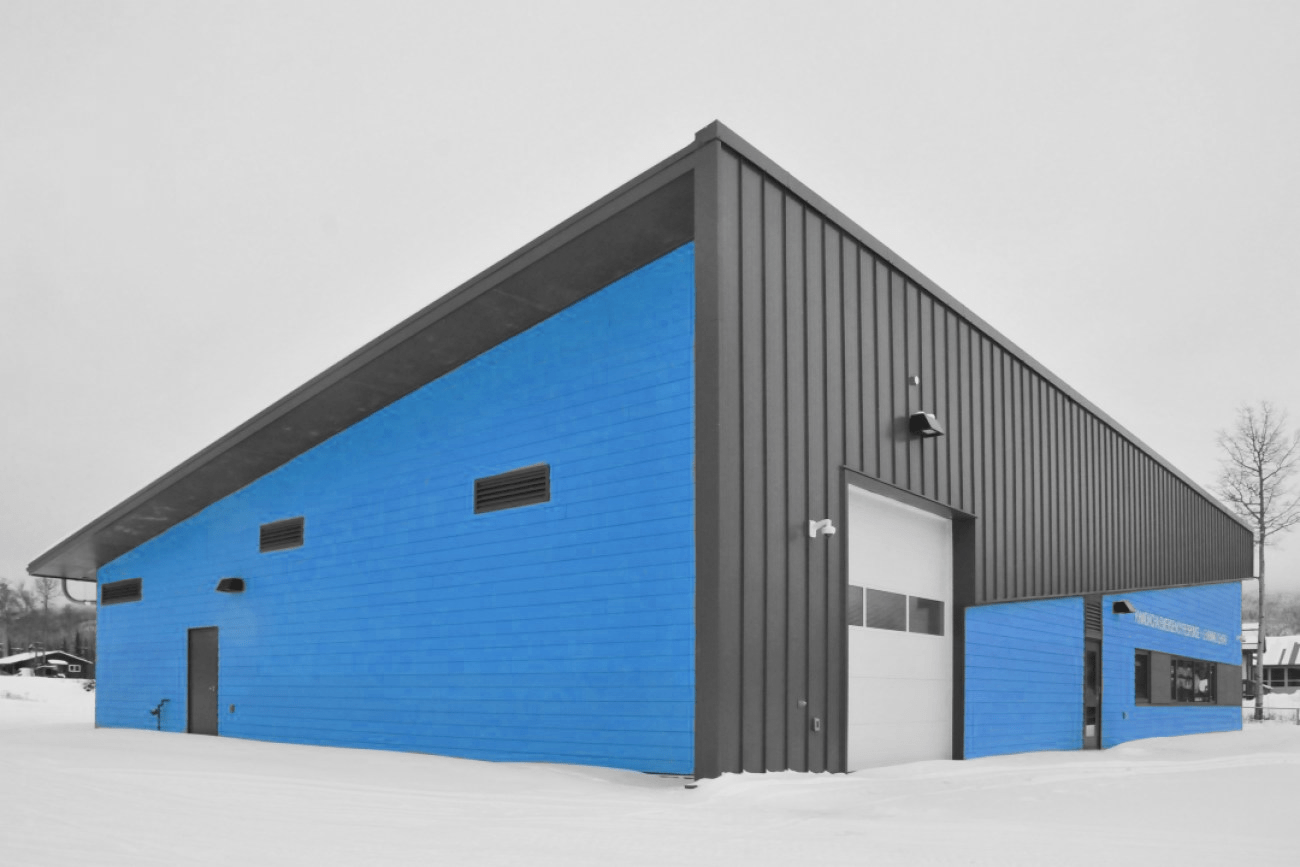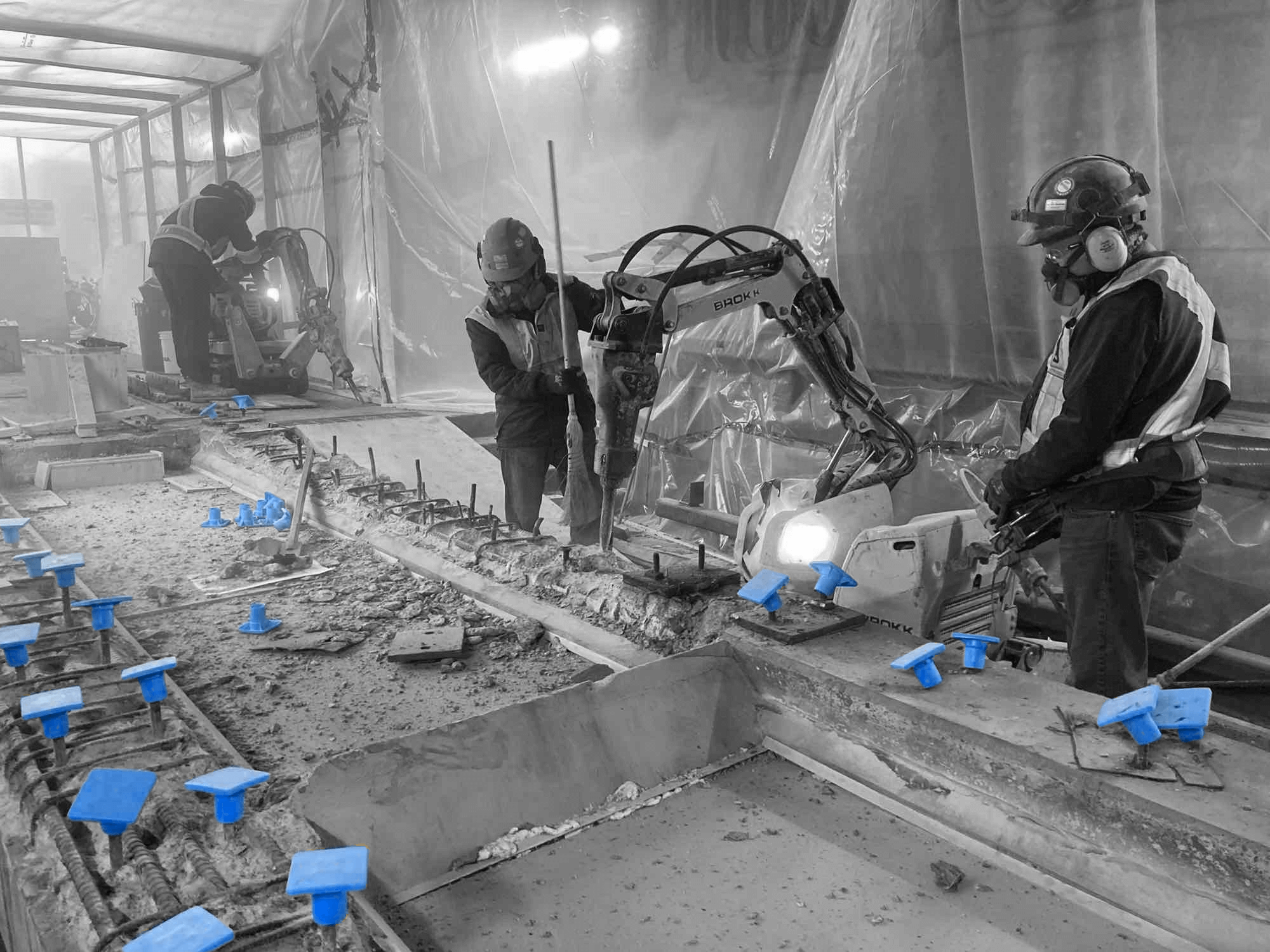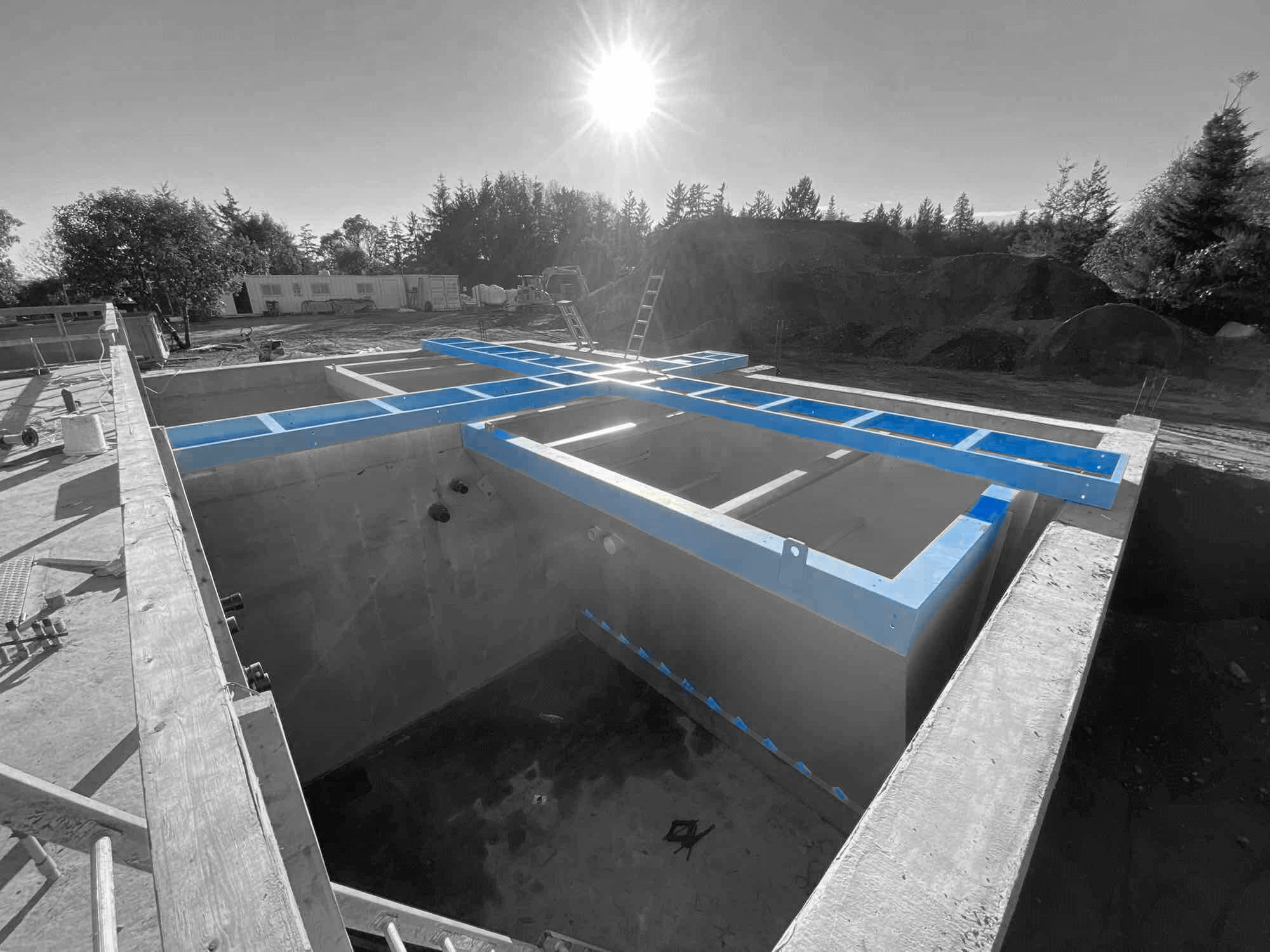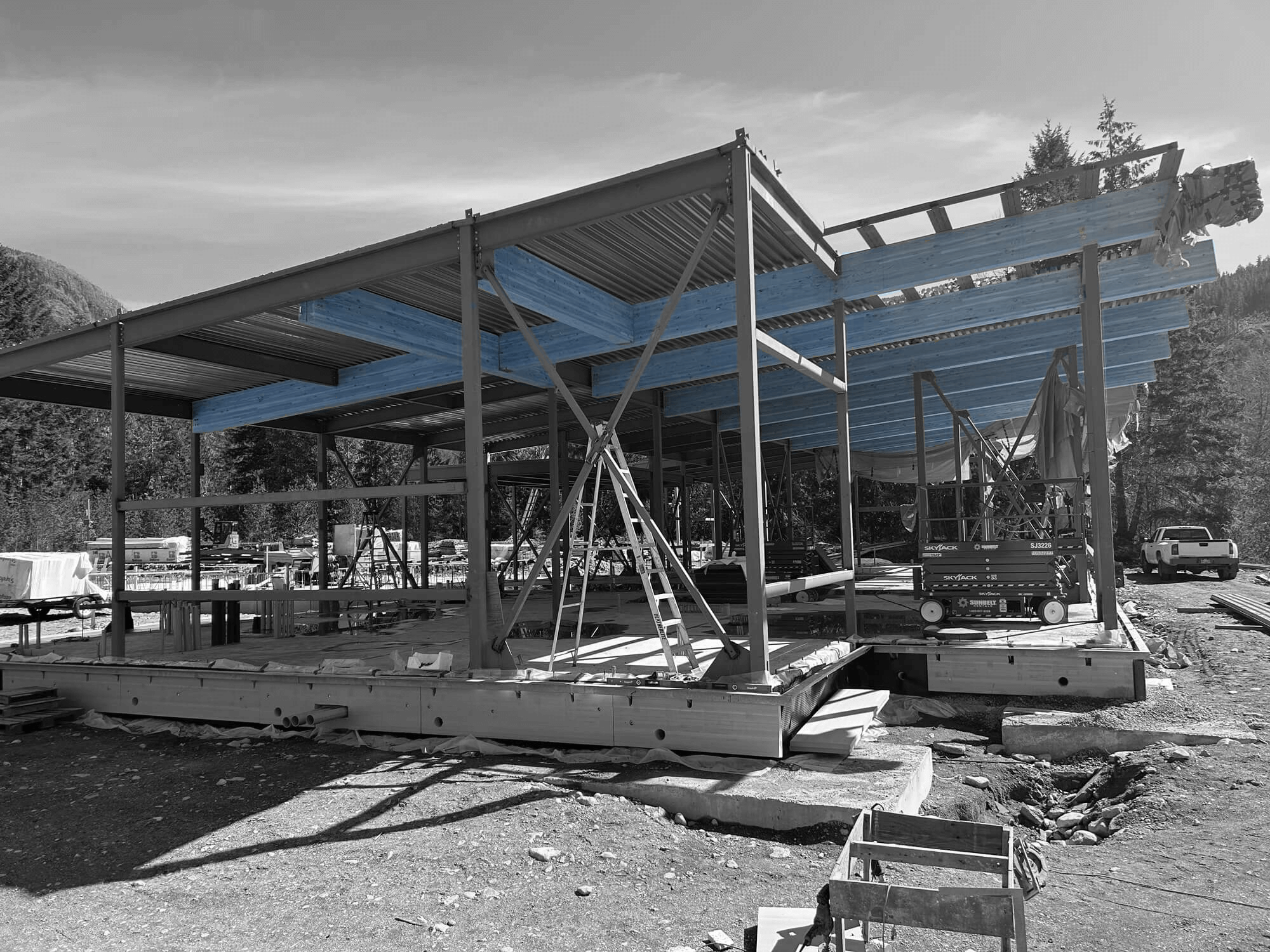Building on water presents unique challenges that test both creativity and practicality. Whether it’s constructing a bridge, a dock, or a water treatment plant, each project demands a careful understanding of the surrounding environment. These constructions aren’t just feats of engineering; they reflect a deep respect for the dynamic forces of nature, such as fluctuating tides and unpredictable weather conditions. As we explore the field of water-based construction, we’ll look into what makes these projects so intricate and how skilled professionals tackle the hurdles they encounter.
Water, unlike land, constantly shifts and changes, making site stability a pressing concern. Factors like water currents, sediment movement, and ecological considerations play a significant role in each project’s planning phase. Builders need to blend innovative technology with traditional techniques to ensure safety, durability, and environmental respect. By examining practical solutions and real-world examples, we can gain insights into how complex water construction projects evolve from challenging ideas to functional realities.
Assessing Site Conditions
At the heart of any successful water-based construction project is thorough site analysis. Before even breaking ground, or more accurately, beginning below the water, engineers and project managers must fully understand the underwater landscape. It’s not just about knowing how deep the water is or how fast the current flows. It’s about understanding the composition of the seabed, which might be rocky, sandy, or muddy, and how these elements interact with both natural forces and the planned structures.
– Surveying and Mapping: Comprehensive underwater surveys provide detailed maps of the site’s topography. These maps help identify potential hazards and structural supports.
– Soil Testing: Analyzing the soil at the construction site reveals its load-bearing capabilities. Engineers study soil samples to determine the necessary foundation and anchoring techniques.
– Environmental Regulations: Evaluating the environmental impact of construction on local ecosystems ensures compliance with legal requirements and ethical considerations. Construction teams often work closely with environmental experts to minimize harm to aquatic life and habitats.
Addressing these site conditions requires collaboration among engineers, environmental scientists, and construction workers. Together, they face challenges like marine ecology, which demands a delicate balance between development and preservation. By utilizing a mix of advanced technology and regulatory compliance, these professionals lay the groundwork for successful, sustainable waterborne projects.
Innovative Construction Techniques
When tackling construction on water, creativity and adaptability are key. Engineers employ advanced techniques like cofferdams and caissons to build robust structures. Cofferdams act as temporary watertight enclosures that allow construction in dry conditions, even below the waterline. They’re made using sheet piles and pumps to keep water at bay while work progresses. On the other hand, caissons are permanent structures used as foundations. They are lowered into position where they’re sunk to the riverbed or seabed and filled with concrete to provide a solid base.
Besides these foundational methods, engineers rely on specialized equipment designed for aquatic settings. For example, amphibious excavators can operate in both water and land, ensuring seamless transitions during various construction phases. Materials chosen for such projects are crafted to resist corrosion and withstand the harsh aquatic environment.
A notable instance of employing these techniques is the construction of floating bridges. These structures combine buoyant pontoons and flexible anchors to accommodate water level changes while providing stable passageways. By using these solutions, builders can achieve impressive feats previously thought unattainable.
Managing Logistics and Resources
Logistics is the backbone of any successful construction project, especially when water is involved. Effective planning ensures smooth transportation of materials and equipment, despite often challenging conditions. Project managers need to consider various factors such as the availability of transport routes and the timing of tides which might affect deliveries.
Coordination between teams is equally crucial. Engineers, divers, and construction workers must work in harmony, each knowing their role and responsibilities. The complexity increases with workers needing to be aware of the nuances of the aquatic environment, such as tidal patterns and wildlife considerations. Regular meetings and communication keep everyone on the same page and reduce potential risks.
Timely delivery is paramount. Delays can escalate costs and disrupt schedules, especially in environments where weather and water conditions are unpredictable. Using reliable logistics partners and modern tracking technologies helps in maintaining consistency and efficiency.
Ensuring Safety and Sustainability
Safety and environmental consciousness go hand in hand in water construction. Protecting workers and equipment from potential hazards is a top priority. Comprehensive safety protocols, such as regular drilling exercises and emergency response planning, help safeguard everyone involved.
Sustainability is another essential component. Construction activities must minimize negative impacts on local ecosystems. Builders use environmentally-friendly materials and methods, ensuring long-term sustainability and structural viability. Implementing green building practices not only helps in reducing the environmental footprint, it also sets a precedent for future projects.
Establishing a balance between development and environmental conservation requires foresight and responsibility. By considering long-term impacts and employing sustainable practices, construction teams build more than just structures; they contribute positively to the local environment. This forward-thinking approach ensures that the benefits of development are preserved for generations to come.
Bringing Everything Together
Building on water presents an exciting frontier filled with challenges. From site assessments to innovative construction techniques, every stage requires careful planning and execution. The successful completion of these projects hinges on adeptly managing logistics, ensuring safety, and committing to sustainability.
These projects are not just technical triumphs, they’re emblematic of human ingenuity confronting the forces of nature. With each new project, the vast potential of water construction becomes increasingly attainable, promising advancements for both communities and industries.
Whether building a new water treatment plant in Mississauga or restoring a coastal area, these strategies remain valuable. They highlight a path forward in creating sustainable, functional structures on water, inviting a future where development meets nature harmoniously.
For those planning the construction of a water treatment plant in Mississauga or elsewhere, turning to experts can make all the difference. Let Industra Construction Corp. guide you through the complexities and nuances, ensuring a smooth and efficient process from start to finish. Our expertise in water and wastewater treatment projects ensures your plan not only meets but exceeds expectations. Explore our services to see how we can support your next project.


